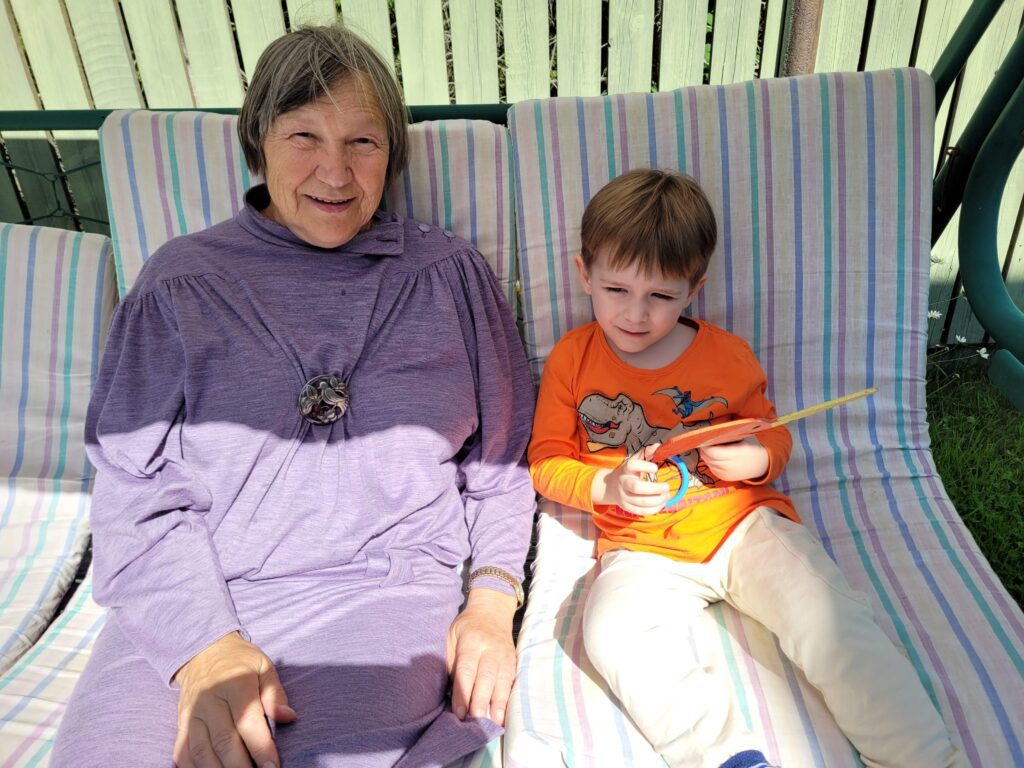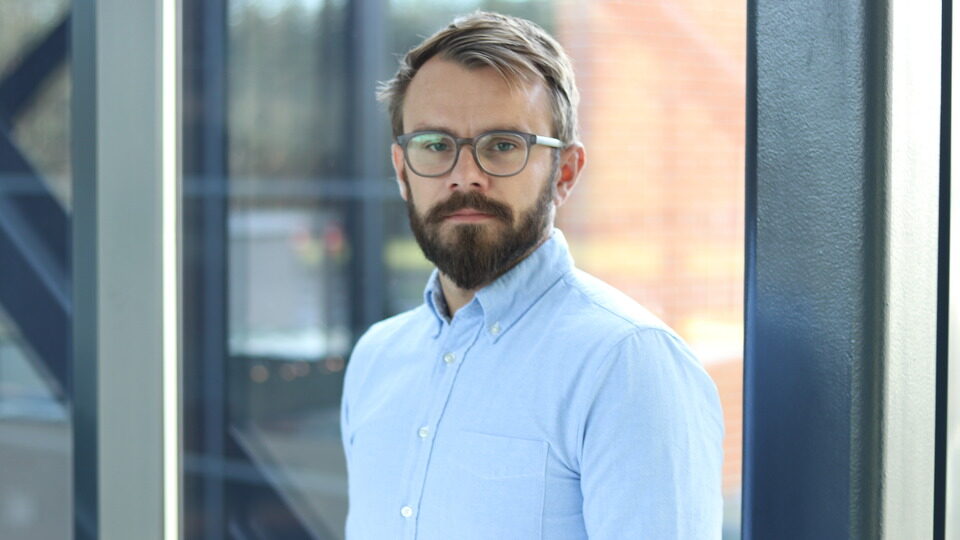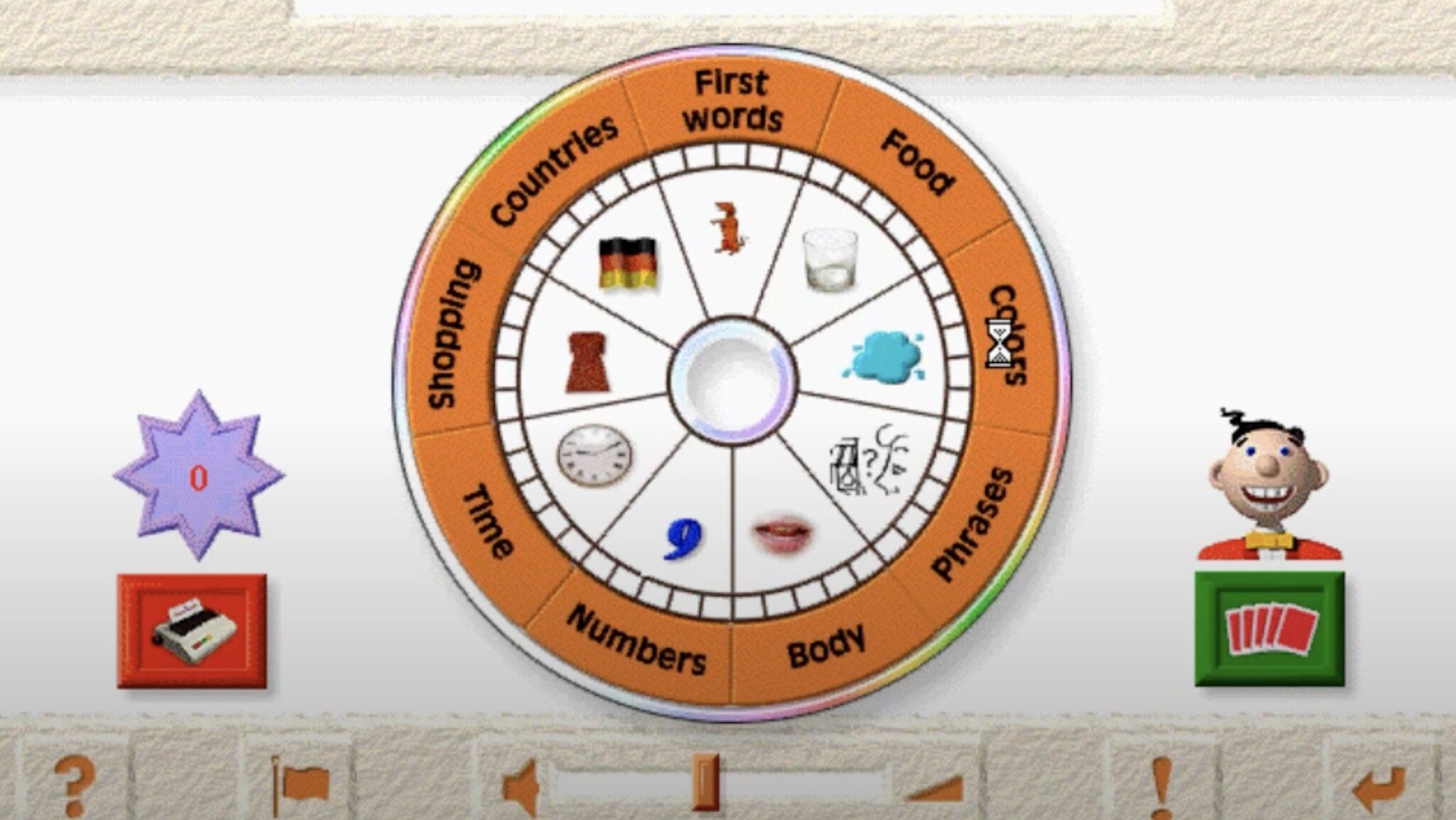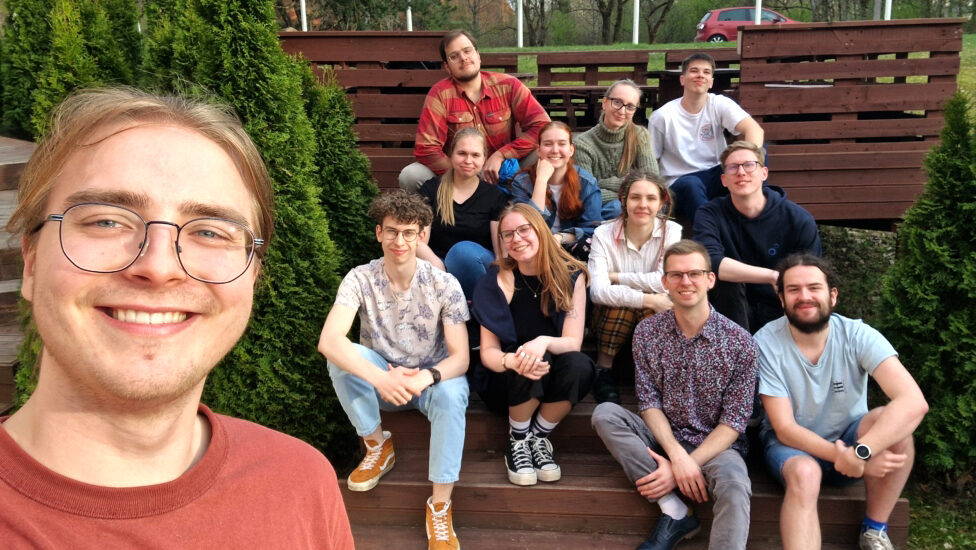I recently met a woman who works in the U.S. government, and she shared that even they are impressed by how Estonia does things. She explained that she was sent to Estonia for a week to gain useful insights and come back with practical takeaways.
It feels really good to hear that Estonia has become such a well-known example of innovation. There is already plenty of content out there on its successes. But in this article, I want to explore some of the challenges still being faced, with the main focus being on the inclusivity of natural persons in the highly digitalized Estonia.
I’ll start with two struggles I have personally faced as an Estonian living abroad. The first one was when I registered my marriage and my son’s birth in Estonia, both events of which took place in Brazil. Neither of these processes could be done online.


I had to send the Civil Registry Office in Tallinn all the required documents by mail: for example, the original birth certificate, authenticated with an apostille, accompanied by an English translation certified by an authorized translator and a copy of my spouse’s passport. Once they received the documents and registered my marriage and my child’s birth, they informed me that I needed to send someone to pick up the official documents. So, I had to rely on my grandmother to help with this.
When I lived in Europe, this process was straightforward. But now that I live in Brazil, I’ve had to make a trip to Estonia just to renew my ID card.
The second challenge I face every five years is renewing my Estonian ID card. This requires fingerprints to be taken in person each time, which means the renewal process cannot be completed online. To do this, one must visit the nearest Estonian Embassy, and there is none in the entire continent of South America. When I lived in Europe, this process was straightforward. But now that I live in Brazil, I’ve had to make a trip to Estonia just to renew my ID card.
I understand that there are valid reasons why Estonian ID cards need to be renewed every five years and why fingerprints must be taken in-person each time. The primary reason is security and ensuring the cards keep up with technological advancements. However, it’s important to find a solution to ensure that Estonians living abroad can continue to participate in important activities like voting without unnecessary complications.
Certainly, there are other challenges Estonians living abroad face, especially those who own property or businesses in Estonia, earn part of their income there, or maintain other ties to the country. However, I want to shift the focus to Estonians who reside in Estonia and the challenges they face.
One person I’ve always kept in touch with is my grandmother. Technology has always been a source of great frustration for her. She managed to adapt for a while, but now that she is almost seventy-nine years old and her memory is not the best, she has reached a point where she can no longer use her computer or phone independently. This means I can only speak to her when one of her friends visits her house and helps her to call me.

My grandmother’s situation is far from unique. Many elderly people in Estonia struggle with technology, despite the country’s efforts to make things easier for them. Estonia is already doing a lot to address these challenges. For example, there are free courses available to help the elderly learn how to use technology. Public e-services have been designed with user-friendly interfaces. Additionally, libraries and community centers provide free internet access, computers, and even one-on-one support.
While all of this is very helpful and has undoubtedly made it easier for many elderly people to adapt, the rapid pace of technological change often leaves them feeling like they’re constantly playing catch-up. As we age, it becomes more challenging to learn new things, making it difficult for the elderly to keep up.
In my opinion, the most effective solution would be to provide individualized support directly in the homes of elderly people. This kind of one-on-one assistance could make a significant difference.
Even when all the necessary resources are available, not everyone takes advantage of them. Many elderly people are reluctant to learn new skills, either because they feel overwhelmed or because they don’t see the value in it. What can be done to address this reluctance is a pressing question.
In my opinion, the most effective solution would be to provide individualized support directly in the homes of elderly people. This kind of one-on-one assistance could make a significant difference. However, I understand that this might not be a feasible long-term solution on a large scale, due to resource constraints.
Foreigners living in Estonia are another group that struggles to adapt to the country’s digital society. While Estonians who have always lived in the country are accustomed to doing everything digitally, foreigners who move to Estonia often face a steep learning curve, especially if they come from countries that are far behind Estonia in terms of digitalization.
One of the first challenges they face is the language barrier. While many e-services are available in English, not all foreigners who move to Estonia speak English—for example, Brazilians. Additionally, to access many e-services, they need an Estonian ID card. However, obtaining this card can be a struggle due to language barriers and a lack of familiarity with the system.
Estonia’s digital infrastructure is incredibly advanced and assumes a certain level of familiarity with concepts like digital signatures, online authentication, and e-services. For many foreigners, these concepts are entirely new, making it difficult for them to navigate the system.
While Estonia offers welcome programs to help foreigners adjust, not everyone is aware of these programs. And even when they do participate, the support provided is often not enough to guide them through every step of the process. As a result, many foreigners have questions and encounter obstacles at various points in their journey.
As with the elderly, the ideal solution would be to provide in-person, individualized support. However, given the growing number of foreigners moving to Estonia, this is unlikely to be feasible on a large scale or in the long term.
Other groups in Estonia also face challenges in navigating the digital society. For example, low-income families and people with disabilities often encounter barriers that can make it difficult for them to fully participate in the digital world.
That said, Estonia is aware of these struggles and is actively working to address them. The country has made significant efforts to ensure that its digital society is as inclusive as possible. However, there is only so much a country can do. Ultimately, individuals also have a responsibility to make use of the resources available to them and adapt, as technology will inevitably continue to evolve, and it is in our best interest to keep up.
If you’d like to learn more about digital Estonia, I invite you to watch the video titled “Burocracia na Estônia vs Burocracia no Brasil” (“Bureaucracy in Estonia vs Bureaucracy in Brazil”) on my Youtube channel. There, you can turn on YouTube’s translated closed captions in English.



